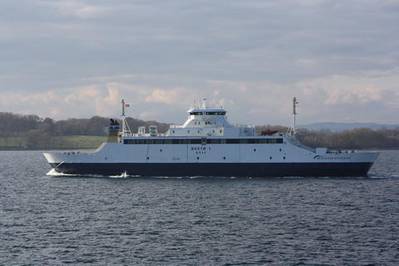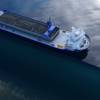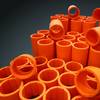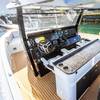Bastø Fosen has placed an order for eight of GE Marine’s International Maritime Organization (IMO) Tier III compliant marine diesel engines for new and repowered vessels.
The order, which includes six eight-cylinder in-line engines for three new ferries and two 16-cylinder V engines to repower two existing vessels, Bastø I and Bastø II, will see Bastø Fosen be among the first customers in Northern Europe to operate GE’s diesel engines that meet IMO Tier III emissions standards without Selective Catalytic Reduction (SCR) aftertreatment or urea injection.
The repowered vessels are scheduled to begin operating in early 2016, and the new vessels will launch later that year.
“We chose the new GE Marine engines for their ability to meet IMO Tier III emissions requirements without urea aftertreatment. We value their reliability and low fuel consumption,” explained Stein Andre Herigstad, CFO Bastø Fosen.
Bastø Fosen, part of Torghatten Group ASA, is a ferry operator in Norway providing annual transit service to more than 1.7 million vehicles and 3.4 million passengers. Local support for Bastø Fosen will be provided by GE’s distributor, Turner EPS.
A study conducted by naval engineering and architectural firm Jensen Maritime was commissioned by GE to compare its U.S. EPA Tier 4 and IMO Tier III compliant in-engine, urea-free solution to other solutions on the market that use urea based aftertreatment. It concluded that, for operation on a typical line-haul tug, GE’s solution reduces approximately 75% of the engine room space required by the other market solutions, reduces weight by approximately 75% versus the other market solutions, and does not require additional onboard equipment/storage for urea or dockside support infrastructure for urea storage and processing.
GE Marine recently was granted U.S. EPA Tier 4 certification for its 12-cylinder V250 marine diesel engine. GE Marine is working to achieve U.S. EPA Tier 4 and IMO Tier III certification for its entire family of V250 and L250 marine diesel engine models that also utilize non-SCR technology to reduce key emissions by an estimated 70%, without the use of urea based after-treatment.













